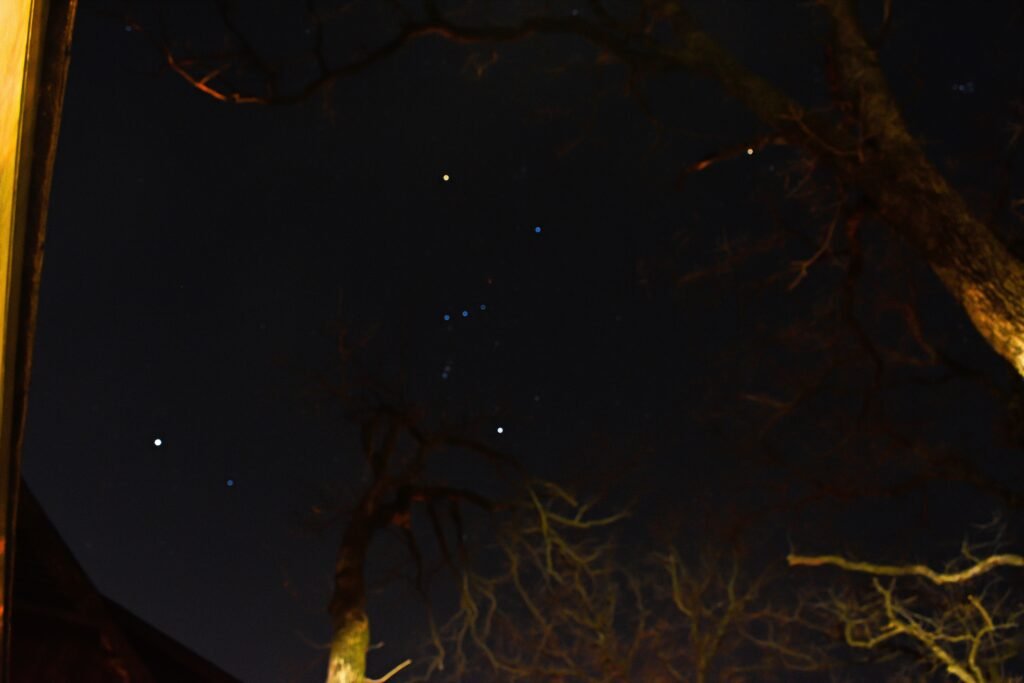Stargazing Rediscovered Astronomy
We will explore the wonders of the universe together. Let’s talk about stargazing. There’s nothing quite like losing yourself in the vastness of the night sky, so why don’t you embark on a celestial journey to the stars.
First, find a breathtaking location, far away from the city lights and any light pollution. It’s crucial to escape to places like this if you want to witness the true beauty of the cosmos. The night sky above is an awe-inspiring canvas, adorned with countless stars, planets, and celestial wonders just waiting to be discovered.
Before we begin our stargazing adventure, let’s look at the essential tools you will need. Supposedly, you have a trusty telescope, a gateway to the secrets of the universe. It allows you to observe distant galaxies, sparkling star clusters, and even planets within our own solar system. But remember, stargazing isn’t just limited to telescopes; your own eyes are wonderful instruments as well.
As night falls, a sense of tranquility washes over you. The first thing that catches your eye is the moon, with its enchanting glow. Observing the moon through a telescope reveals craters, mountains, and valleys, reminding us of our neighboring celestial body’s stark beauty.
Now, let’s turn our attention to the constellations. Orion, the hunter, with its distinctive three-star belt. It’s easy to spot and serves as a gateway to exploring other constellations in the night sky. By tracing the stars of Orion’s belt, you can find the brilliant red giant star, Betelgeuse, and the stunning blue supergiant star, Rigel.

Moving on from constellations, you can explore the wonders of star clusters. These celestial communities are groups of stars born together from the same cosmic cloud. One of the most famous examples is the Pleiades, also known as the Seven Sisters. Through a telescope, the Pleiades cluster reveals its sparkling stars surrounded by a delicate blue nebula, creating a truly mesmerizing sight.
Ah, and how can we forget the thrill of witnessing a meteor shower? These cosmic fireworks light up the night sky with streaks of radiant beauty. There are notable meteor showers like the Perseids or Geminids, perfect to find a comfortable spot to lie back, as you watch shooting stars paint trails across the heavens.
But we can’t forget about the captivating presence of our neighboring planets. With a telescope, you can observe the gas giant Jupiter, adorned with its iconic bands and swirling storms. Or perhaps you can catch a glimpse of the rings around Saturn, casting shadows on its cloud tops. These celestial bodies remind us of the incredible diversity within our own solar system.
As you begin your stargazing adventure, you may feel a profound sense of connection with the night sky. Stargazing is more than just a hobby; it’s a way to expand our perspective and remind ourselves of the vastness and beauty of the universe we inhabit.
Remember, wherever you are, you can always find a slice of the night sky to explore. So grab your telescope, find a spot away from the city lights, and let your curiosity guide you to the wonders that await in the night sky.
Keep looking up!
See all stargazing events here.
Visit our Planet Page.
Subscribe to our YouTube channel.
© Rediscovered Astronomy
